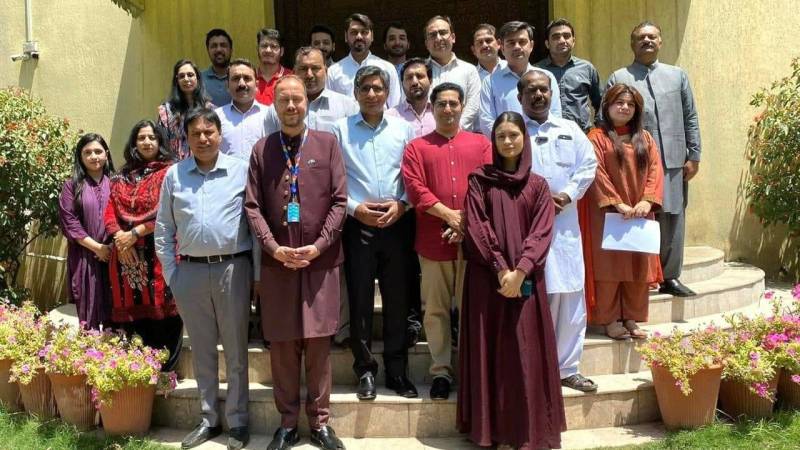
A recent report by the International Labour Organisation (ILO) found that 3.5 out of every thousand individuals worldwide are involved in forced labour, with industries, services, and agriculture being the top three sectors affected.
The "Profits and Poverty: The Economics of Forced Labour" report by ILO, issued in March 2024, disclosed that the annual costs and profits of forced labour globally amount to a staggering $236 billion. The report and insights contained in it were shared during a two-day intensive training workshop for journalists, which was held in Islamabad by the ILO in collaboration with the US Department of Labour (USDOL). The workshop aimed to enhance journalists' capacity to report on forced labour and fair recruitment. The workshop was held at the ILO office in Islamabad under the auspices of the BRIDGE project, an initiative focused on eliminating forced labour and promoting fair labour practices. The two-day workshop brought together journalists representing print, electronic, radio, and digital media platforms. National Project Coordinator at ILO, Dr Faisal Iqbal, and renowned journalist Aoun Sahi jointly led the training.
Dr Iqbal emphasised the significance of media in addressing the pressing issues of forced labour and fair recruitment. He explained the 11 indicators recognised by the ILO globally to identify forced labour, including abuse of authority, deception, movement, isolation, physical and sexual violence, intimidation and threats, and retention of identity thefts.
"Globally, 28 million people were trapped in forced labour," Dr Iqbal said while quoting ILO research. "Forced labour is a criminal offence and a serious violation of fundamental human rights." He also highlighted the importance of social protection measures by the government to combat forced labour effectively.
Sahi provided journalists with extensive training on forced labour and labour migration, focusing on the role of media, story identification and pitching, finding relevant data and information, gender-sensitive and rights-based approaches, and effective storytelling techniques for different media platforms. He also discussed the importance of humanising the story of forced labour and fair recruitment and interviewing survivors in light of ethical considerations.
"Reporting on these subjects must be conducted with clarity and thorough research, and voices from all players must be included in the story," Sahi stressed.
Earlier, ILO Country Director Geir T. Tonstol, in his opening remarks, emphasised the crucial role of media in raising public awareness about forced labour and promoting fair recruitment practices.
"Media can be key influencers in shaping public perceptions about forced labour and labour migration," said Tonstol. He expressed concern over the prevalence of forced labour and bonded labour in Pakistan, with an estimated 3.4 million individuals subjected to such conditions. Tonstol also briefed the journalists on the four goals of ILO in Pakistan: employment for youth, social protection, international labour standards, and occupational safety and health.

